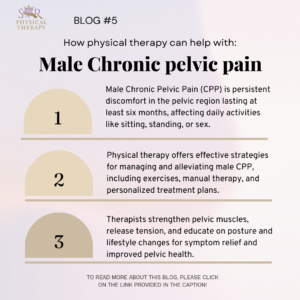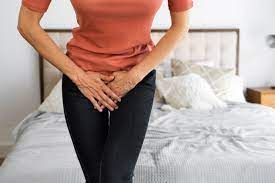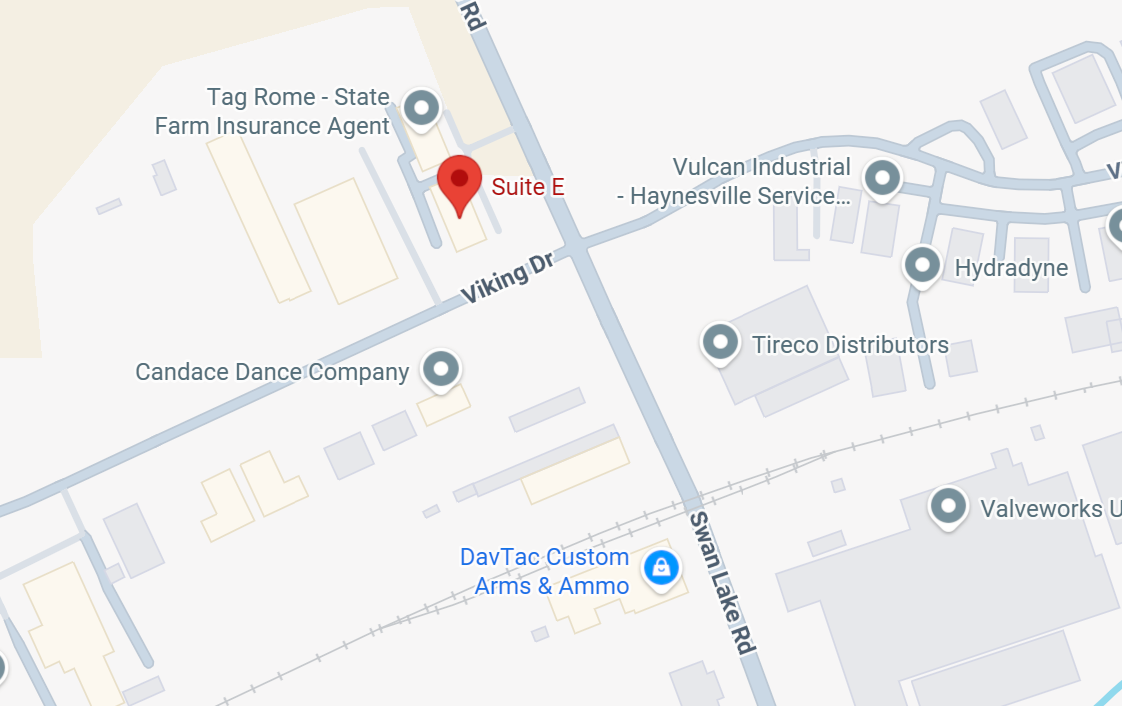How Physical Therapy Can Help With: Male Chronic Pelvic Pain

Male Chronic Pelvic Pain, often abbreviated as CPP, refers to persistent discomfort or pain in the pelvic region that lasts for at least six months. This condition can significantly impact daily life, causing discomfort during activities like sitting, standing, or sexual intercourse. Fortunately, physical therapy offers effective strategies to manage and alleviate male CPP.
One approach used in physical therapy for male CPP is pelvic floor muscle rehabilitation. Pelvic floor muscles play a vital role in supporting the pelvic organs and maintaining bladder and bowel control. Through targeted exercises and techniques, individuals can strengthen these muscles, improving stability and reducing pain.
In addition to muscle strengthening, physical therapists may utilize manual therapy to address muscle tension and trigger points in the pelvic area. Techniques such as massage, stretching, and myofascial release can help relieve tightness and discomfort, promoting relaxation and improved function.
Education is also a key component of physical therapy for male CPP. Therapists provide guidance on posture, body mechanics, and lifestyle modifications to alleviate strain on the pelvic floor muscles. Learning proper lifting techniques and avoiding activities that exacerbate symptoms can prevent further discomfort and promote healing.
Furthermore, physical therapists collaborate with patients to develop personalized treatment plans tailored to their specific needs and goals. This may include a combination of exercises, manual therapy, and behavioral strategies to address pain and improve overall pelvic health.
By addressing muscle dysfunction, reducing tension, and promoting healthy habits, physical therapy offers a holistic approach to managing male CPP. Through consistent therapy sessions and adherence to recommended exercises and lifestyle modifications, individuals can experience significant relief and regain control over their pelvic health and overall well-being.
Be Pain-Free. Feel Like Yourself Again.
Whether it's leakage, discomfort, or tension, healing is possible, and it starts with one appointment.
READ MORE EDUCATIONAL BLOGS




